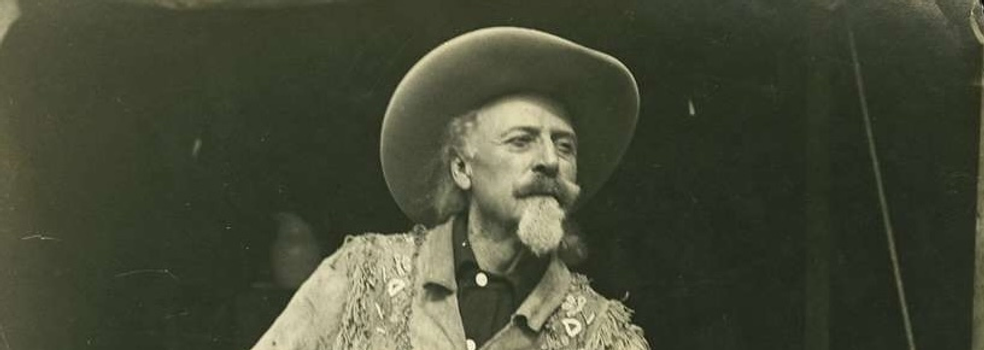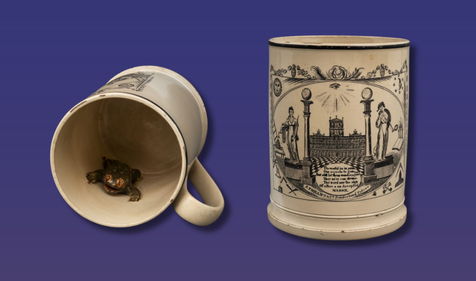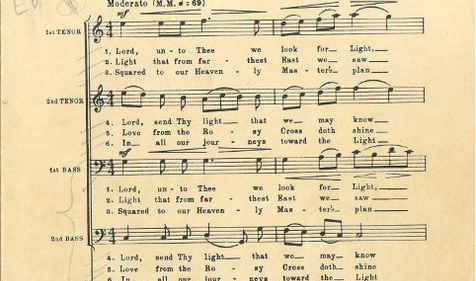Was Buffalo Bill Cody a Freemason? Discover the extraordinary life of the famous frontiersman and showman, and how Freemasonry shaped his legacy.
William F. “Buffalo Bill” Cody lived a life where myth and reality often blurred. Pony Express rider, Civil War veteran, Medal of Honor recipient, Army scout, and showman—Cody became one of the most recognized figures of the 19th century. Through his Wild West show, he brought the drama and allure of the frontier to audiences across the U.S. and Europe, shaping the world’s view of the American West.
Initiated into Platte Valley Lodge No. 32 in 1870, Cody is more than a historical figure to Freemasons—he is a Brother. His life embodied Masonic ideals: honor, resilience, equality, and service. From military campaigns to advocating for Native and women’s rights, Cody’s actions were guided by a strong moral compass.
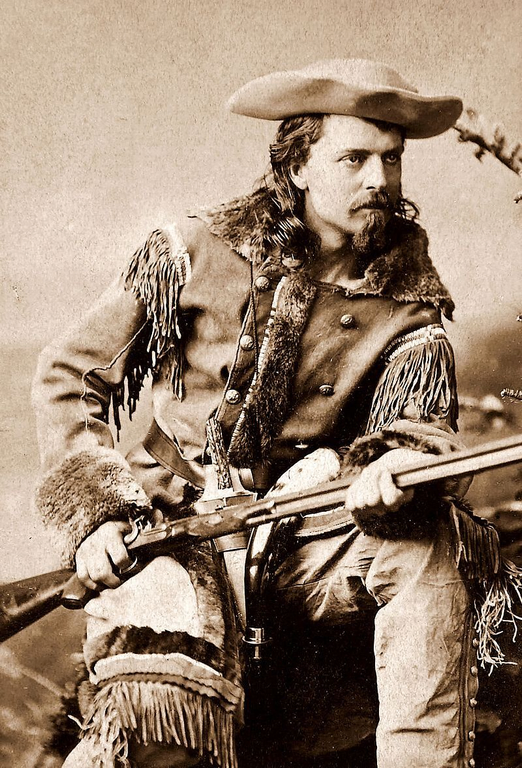
William Cody and The Pony Express
William Frederick Cody was born on February 26, 1846, in Le Claire, Iowa. Raised amid the rugged terrain of the American Midwest, Cody’s early life was marked by hardship and resilience. After moving to Kansas Territory, his father’s abolitionist stance led to fatal consequences, forcing young Bill to support his family through work as a cattle herder and messenger.
By 14, he joined the Pony Express, risking his life to deliver critical messages. At 17, he enlisted in the Union Army.
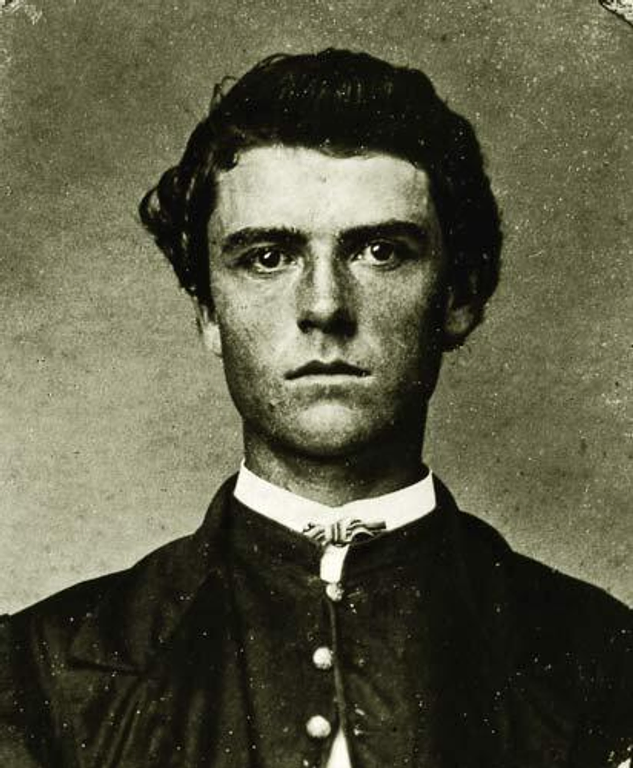
Who was “Buffalo Bill” Cody?
After the Civil War, Cody returned to the West, where he worked as a scout for the U.S. Army during the Indian Wars. In 1867, he accepted a contract to supply buffalo meat to railroad workers building the Kansas Pacific Railway. Over just 18 months, he reportedly killed more than 4,000 buffalo, earning him the nickname “Buffalo Bill.”
His daring exploits and deep knowledge of the frontier caught the attention of dime novelists, especially Ned Buntline, who transformed Cody into a national folk hero through sensationalized tales.
Buffalo Bill’s Wild West
In 1883, Buffalo Bill launched the Wild West, a live-action spectacle that blended history, myth, and entertainment. With real cowboys, sharpshooters like Annie Oakley, and Native American performers including Sitting Bull, the show dramatized life on the frontier with reenactments of stagecoach attacks, Pony Express rides, and even Custer’s Last Stand.
Far from a typical circus or variety show, Buffalo Bill’s Wild West aimed to preserve a vision of the American frontier that was rapidly disappearing. It educated and thrilled audiences by offering a dramatized and deeply emotional connection to America’s expansionist history.
In 1887, the show traveled to London to participate in Queen Victoria’s Golden Jubilee. It became an international sensation, touring across Europe and entertaining royalty, including the Prince of Wales and the Pope. By the 1890s, Buffalo Bill was one of the most famous people in the world.
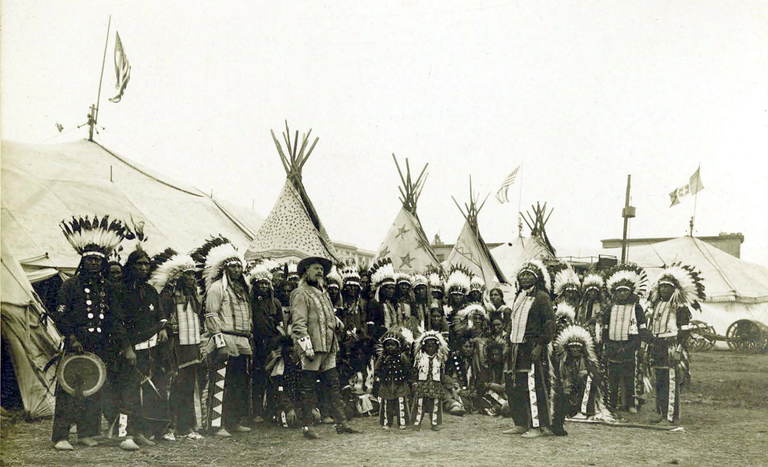
Buffalo Bill and Civil Rights
While Cody’s public persona was wrapped in spectacle, his private life was grounded in values that resonate deeply with Freemasons. He was a staunch advocate for Native American rights, often working to secure better treatment and visibility for the Indigenous performers in his show. He employed hundreds of Native Americans as professionals, paying them fairly and allowing them to live with their families while preserving their customs.
Cody was also ahead of his time in his views on women’s rights. He proudly employed sharpshooter Annie Oakley and other women in prominent roles and supported equal pay for equal work.
He believed deeply in service, brotherhood, and the moral responsibility of leadership. In 1870, he joined Platte Valley Lodge No. 32 in North Platte, Nebraska. Over the years, he continued his Masonic journey, eventually becoming a Knight Templar and a Shriner. He also joined the Scottish Rite, Northern Masonic Jurisdiction in 1894.
Later Years and Legacy
Though his fame never waned, financial challenges mounted, and his beloved Wild West show was eventually seized and sold in Denver in 1913. Even so, Brother Cody kept speaking, writing, and advocating for conservation and public service until he passed to the Celestial Lodge on January 10, 1917.
Today, the Buffalo Bill Museum and Grave in Golden, Colorado, and the Buffalo Bill Center of the West in Cody, Wyoming, continue to preserve his story and influence. His legacy lives on not only in the annals of American history but in the hearts of those who see in him the enduring spirit of Freemasonry: a man who lived with courage, honored his word, and sought always to uplift those around him.

Quick Facts About Buffalo Bill
What was Buffalo Bill Famous for?
Buffalo Bill Cody is famous for his remarkable life as a frontiersman, Pony Express rider, Union soldier, buffalo hunter, and Army scout. He gained global fame as the creator of Buffalo Bill’s Wild West, a touring show that brought the drama of the American frontier to life for millions across the U.S. and Europe.
Was Buffalo Bill Cody a Freemason?
Yes. Buffalo Bill was a proud Freemason. He was initiated into Platte Valley Lodge No. 32 in North Platte, Nebraska, in 1870.
Was Buffalo Bill Cody a Scottish Rite Freemason?
Yes. The Valley of New York conferred all degrees (4° to 32°) to Brother Cody in one day on April 4, 1894.
This special act of recognition was a rare honor. It reflected the deep respect his Masonic Brethren held for him, his dedication to fraternal duties, and his embodiment of our Masonic virtues in his public and private life.
Why Was William Cody Called “Buffalo Bill?”
He earned the name after killing over 4,000 buffalo to supply railroad workers in 1867.
When Did Buffalo Bill Cody Join Freemasonry?
Buffalo Bill was initiated on March 5, 1870. He was passed to the degree of Fellowcraft on April 2 and raised to the degree of Master Mason on his 25th birthday, January 10, 1871.
Did Buffalo Bill Found Cody, Wyoming?
Yes. Buffalo Bill Cody founded the town of Cody, Wyoming, in the 1890s. After exploring the region during hunting trips and scouting expeditions, he recognized its potential for tourism, agriculture, and development. He helped design the town, brought in investors, and promoted it as a gateway to Yellowstone National Park. Today, Cody, Wyoming remains a living tribute to his vision and namesake.
How Did Buffalo Bill Die?
Buffalo Bill Cody died on January 10, 1917, in Denver, Colorado, after a sudden illness. He was given a full Masonic funeral atop Lookout Mountain, overlooking the Great Plains and the Rockies, the lands he had known and loved throughout his life. His funeral was attended by over 15,000 people, making it one of the largest Masonic funerals in history.
Related Stories
Discover additional Scottish Rite blogs and news on this topic.
